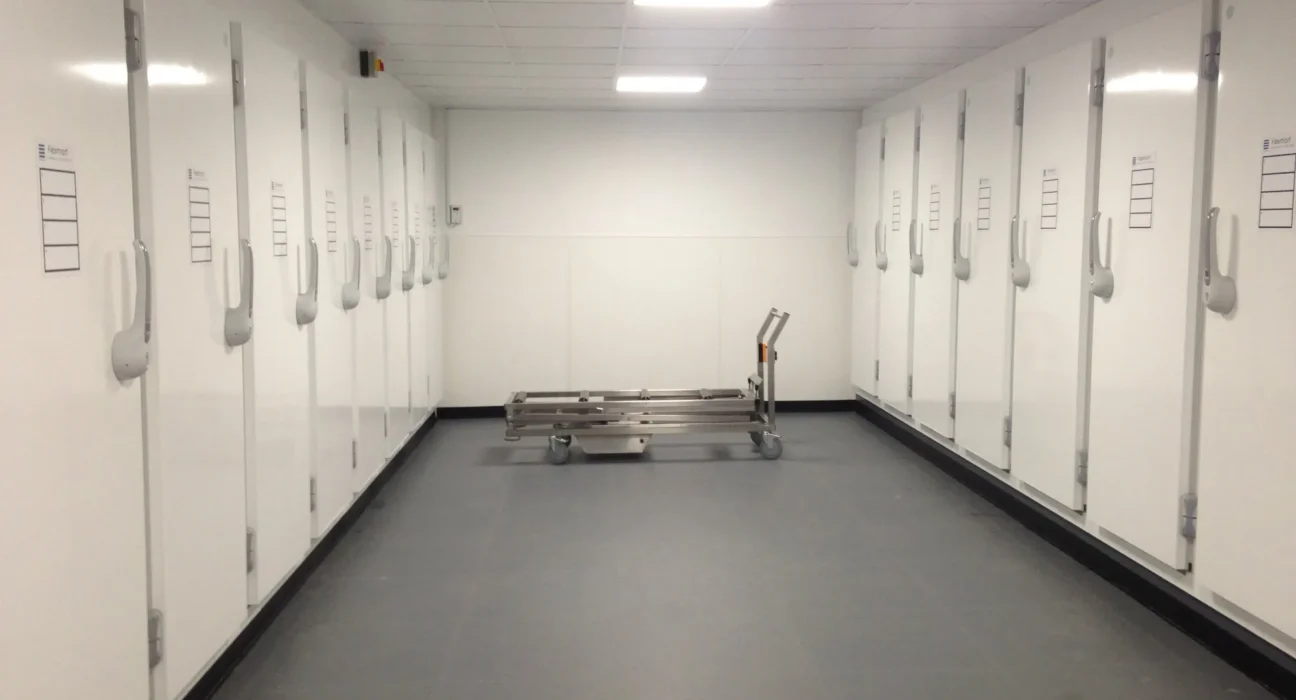Modern funeral homes, hospitals, and forensic facilities cannot function without mortuary cabinet coolers because they are essential to the preservation of human remains. The efficiency and effectiveness of these coolers have been greatly enhanced by recent technological developments, ensuring greater preservation and resolving operational issues. The main developments influencing mortuary cabinet coolers in the future are examined in this article.
Improved Control of Temperature:
The creation of complex temperature control systems is one of the most important developments in mortuary cabinet cooler technology. The inconsistent temperature management of traditional coolers frequently resulted in inconsistent preservation quality. On the other hand, sophisticated thermostats and sensors used in modern systems provide accurate temperature control. Assuring that bodies are held at ideal temperatures, which are normally between 2°C and 4°C (35.6°F and 39.2°F), is made simple using digital controls. With this exact control, the breakdown process is considerably slowed down, allowing bodies to be preserved for longer periods of time without deteriorating
Better Systems for Circulating Air:
In mortuary coolers, efficient air circulation is essential for maintaining consistent cooling and avoiding hotspots, which can result in uneven preservation. More modern versions have improved air circulation mechanisms, such as several fans and well-placed vents, to guarantee that cool air is dispersed all over the cabinet. For families, maintaining the deceased’s physical appearance during viewing ceremonies is very crucial, and this consistent cooling helps.
Efficiency in Energy Use:
Because mortuary coolers must run constantly, energy usage has long been an issue. Energy-efficient innovations used in newer models lower power usage without compromising functionality. Improved insulating materials and compressors with higher efficiency are two of the advancements reducing energy use. Furthermore, some contemporary coolers use eco-friendly refrigerants that meet international environmental protection regulations and minimize their carbon impact. These developments support the increased emphasis on sustainability in industrial processes while also assisting in reducing operating expenses.
Adaptable and modular designs:
These days, a lot of manufacturers offer modular and configurable mortuary cabinet coolers to meet the various needs of various facilities. These units can be modified to meet certain operating and space requirements in a variety of settings, including big hospitals and funeral homes. Additionally, modular designs provide simple extensions, meeting growing storage needs without necessitating major modifications to the infrastructure.
Combining Digital and Integrative Systems
The efficiency of mortuary coolers has increased thanks to the integration of digital systems and smart technologies. The Internet of Things (IoT) has enabled remote monitoring and control from computers or smartphones in many current installations. The provision of real-time updates and alerts to operators through this link enables them to control storage conditions proactively.
Conclusion: The efficiency and preservation quality of body storage are being significantly improved by developments in mortuary cabinet cooler technology. The practical and ethical needs of contemporary mortuary operations are being met by these improvements, which range from enhanced air circulation and increased security measures to precise temperature control and energy efficiency. We may anticipate more advancements in technology as it develops, which will help mortuaries’ operational aspects as well as the families and communities they serve.







